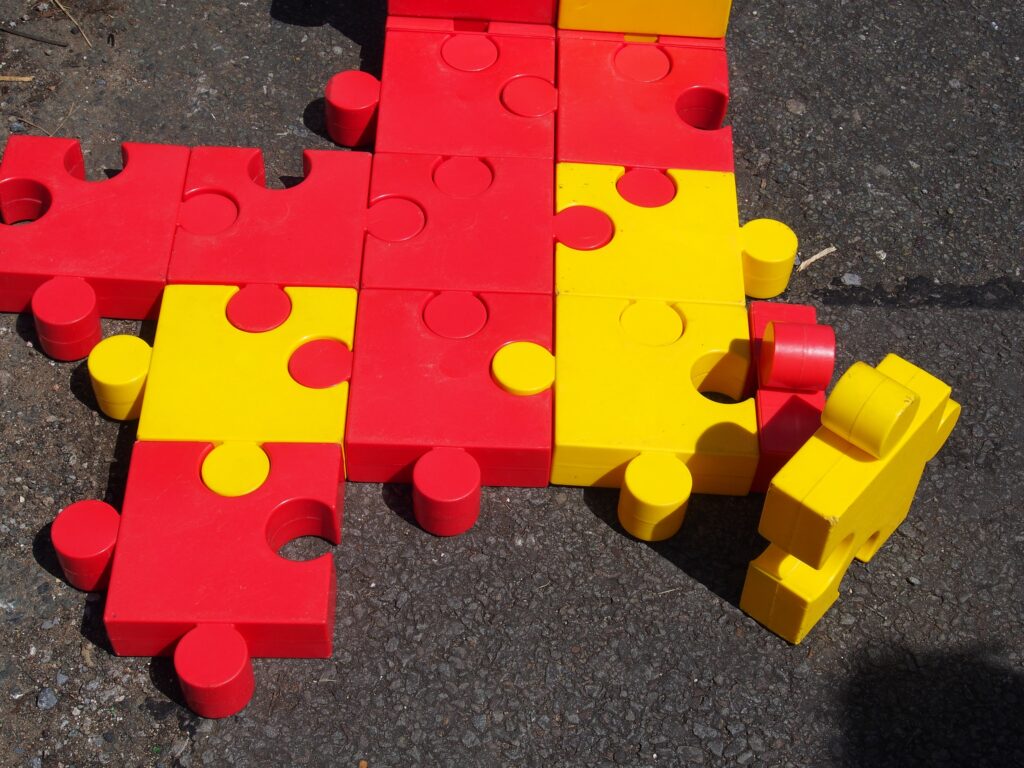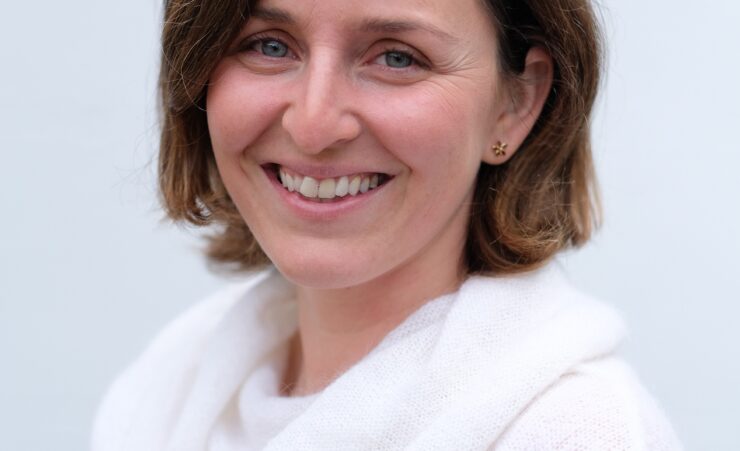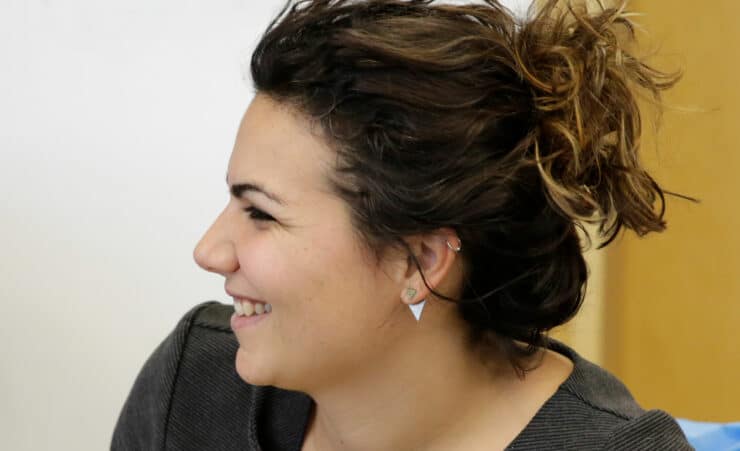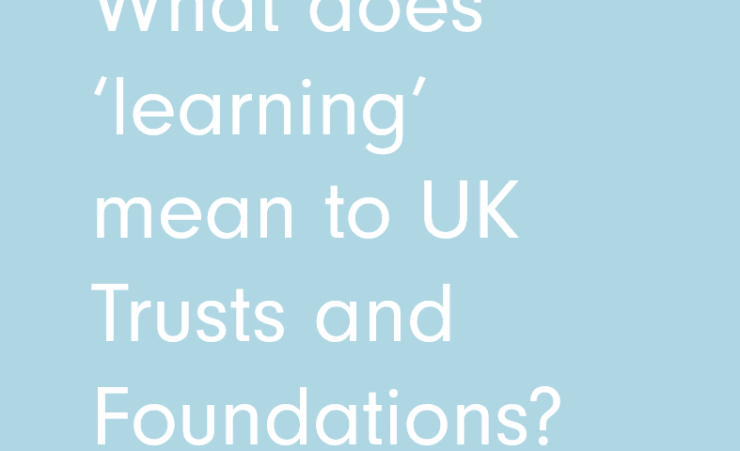
Building a culture & structure for learning
I’m always loath to talk about ‘sides’ in learning and evaluation, as it risks setting up approaches as opposites, or even alternatives – the collaborative, informal, formative and flexible, pitted against the commissioned, formal, summative and fixed. But although there is a growing understanding of the significant advantages of mixed method evaluations, this is still perhaps an inclination to see a learning-based approach as unstructured.
With a growing list of identifiable systems and tools for modelling quantitative impact measurement, informal learning risks being defined (or defining itself) by the very absence of these structures. As formal evaluations embrace increasingly rigorous and structured forms, the tendency for proponents of informal learning is to move towards a language of ever more intangible processes, such as ‘building cultures’ or ‘nurturing mind-sets’.
Although informal learning can, over time, begin to look and feel like an organisational culture, I believe this language can obscure the structures that need to exist in order for organisations to collect, process and utilise knowledge. They may not look like the scales and models of formal evaluation, but they nevertheless have to be consciously adopted and strictly adhered to if they are going to underpin genuine strategic learning.
I have attempted to identify a few of the structures we use here at Pears Foundation – three underpinning how we fund, and three underpinning who we are. As one of those quirky if-you’ve-seen-one-you’ve-seen-one family foundations, these are unlikely to be applicable, replicable or even desirable for the wider sector. But they may stimulate some thought. There are three key principles in the way Pears Foundation funds that enable us to learn:
We give long-term funding
Over a quarter of our grantees have been funded for over five years now, and a growing number of these are approaching the ten-year mark. This is the best way we know to build honest relationships that ensure our partner organisations share their successes, concerns and opportunities, helping us to access the information we need to develop expertise in our chosen fields, and allowing us to openly explore changes, developments, and collaborations. So when we ask a question that they can’t answer, they trust us enough to tell us, which in turn enables us to invest in the research or resources to help them answer it.
We give core funding
Over half of our grants are core or unrestricted – a direct investment in the organisation’s vision. Which ensures that any learning we gather from our Partners is placed in its full and real context, not within the limits of a two or three year project. We can encourage, support and benefit from our grantees’ own learning and evaluation, which we always ask to see and which we have quite often ended up supporting.
We don’t take applications
This is not surprising given that we engage in long-term partnership funding, but it is also a conscious decision to free up time and resources to build the relationships I have described and to ensure that each grant is managed on its own terms, not ours. Those terms can be very different across the areas we fund. It gives us the time and freedom to visit and meet with our grantees, their beneficiaries and their volunteers, and to listen to what they’re saying.
And in addition to these basic principles, there are three key internal structures that aid learning at the Foundation:
We are a small professional team
Five individuals, all with direct grant management responsibility, three support staff, and one Executive Chair, hold all the relationships I have described above. This means that we are a small enough team to share an office, to meet every week, and to cross-check and share the information that we are receiving. This gives us a broader pool of experience and expertise to draw on in managing our grants, but also ensures we can identify opportunities, spot replication and share resources and ideas across funding relationships and sectors.
We value institutional memory
As well as being a small team, we are also largely constant and we make efforts to protect and value our institutional memory. As such, it is not uncommon now for us to have a longer institutional memory than partners we work with. We see them change over time, and can evaluate their progress against a much longer backdrop than only looking at the last two or three years which in some sectors can be particularly valuable.
We invest in learning
Relationship building is not easy, and processing the messy and sometimes contradictory information that comes out of our partner organisations is difficult. So we work hard on it. And invest resources in it. We use tools such as polarity management and MBTI on a regular basis to provide the frameworks we need. Where needed, we will bring in consultants, take expert advice and convene our partners. In fact, we invest as consciously in this as other organisations would invest in evaluation. This is really important – informal learning is not a free, or even cheap, option.


